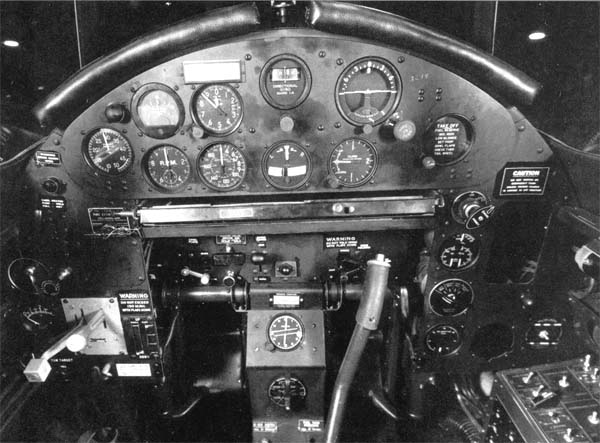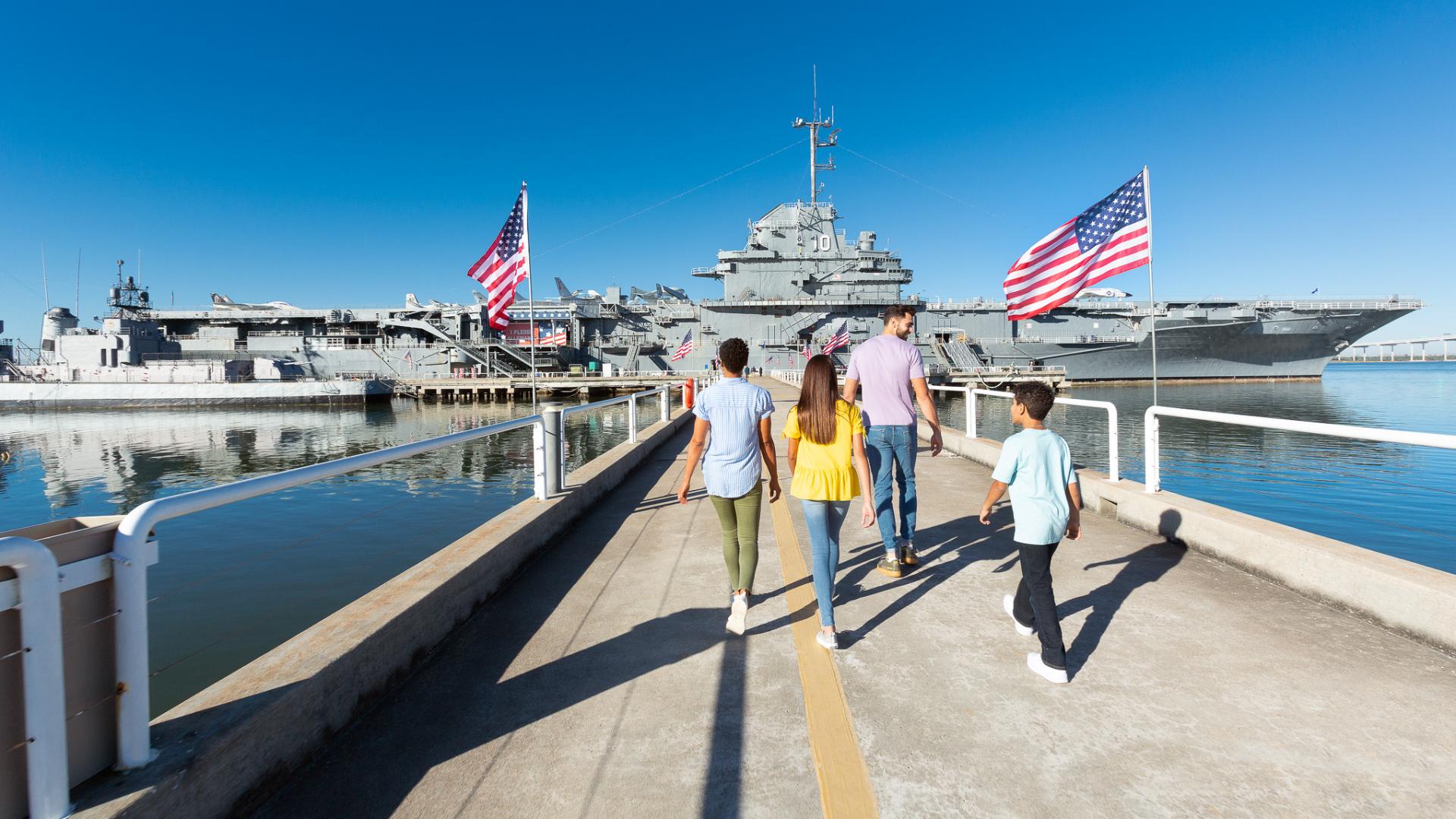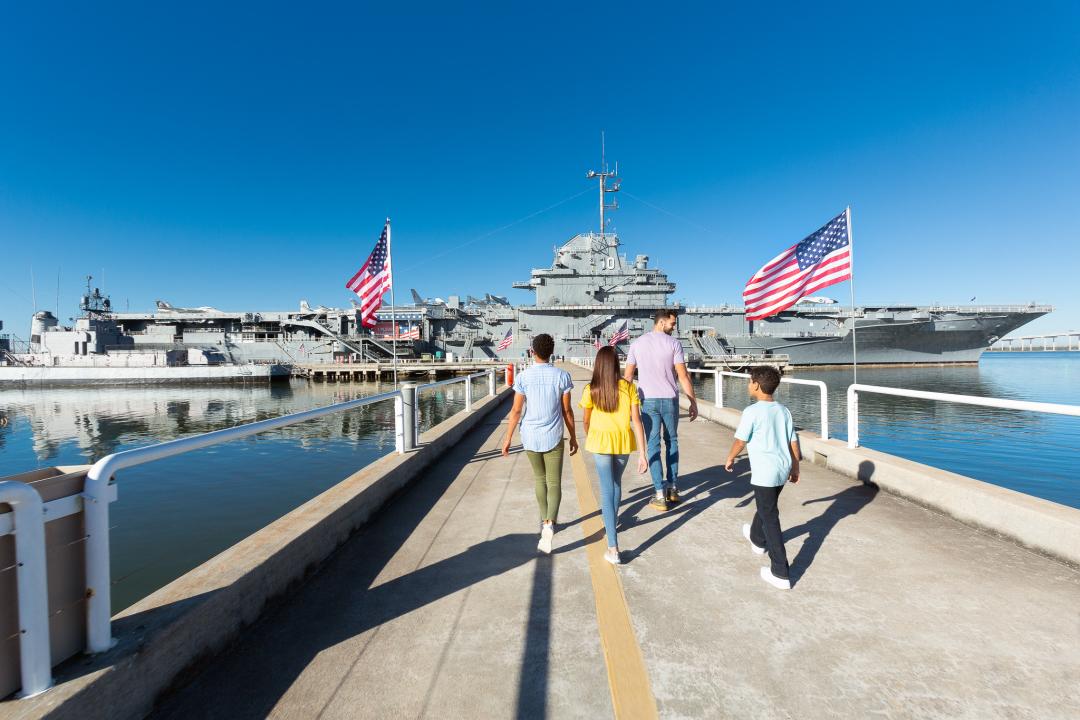
On 22 July 1916 the Director of Naval Aeronautics mandated the following thirteen (13 - guess they weren't afraid of bad luck) instruments to be installed on naval aircraft. Notice that the terminology has changed over the years. Air speed meter (airspeed indicator), incidence indicator (?, something to do with the pitch of the aircraft), tachometer, skidding and sideslip indicator (needle and ball), altitude barometer (altimeter), oil gauge, fuel gauge, compass, course and distance indicator (directional indicator?), magazine camera (?), binoculars, clock and sextant.
Instruments have come a long way from the days of pilots disappearing in bad weather or at night (not that it doesn't happen anymore, just a lot less these days). With the development of instruments for aircraft, instrument panels became more complex and required more training for the pilots. Glass cockpits as seen in the Hornet cockpit below (last image) give the pilot the ability to manage checklists and multiple mission tasking while maintaining control of his/her aircraft. The workload on a modern-day pilot would be impossible to manage without the technology we now possess!



